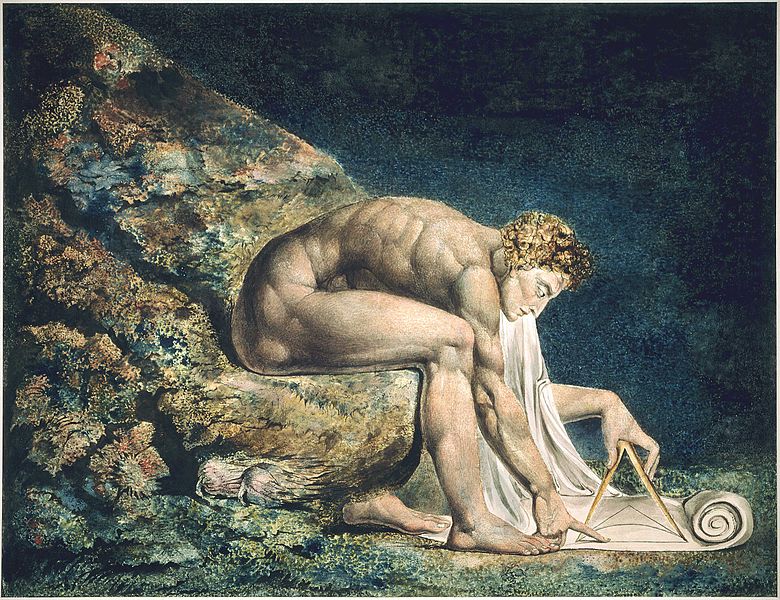I recently read
Thinking, Fast and Slow by Nobel prize winning psychologist Daniel Kahneman. He discusses evidence that we might have two quite different thinking mechanisms: System 1 and System 2. System 1, is fast, easy, intuitive - we are able to discover patterns and jump to certain conclusions nearly effortlessly. However System 1 is somewhat error prone. Consider the following puzzle:
The total cost of a bat and ball is $1.10; the bat costs a dollar more than the ball; how much does the ball cost?
Most people answer this one quickly and alas, incorrectly. Kahneman attributes this to using System 1. The correct answer is at the bottom of this post.
System 2 is slower, more difficult, but much less error-prone - systematic, logical thinking as opposed to intuition.
His book provides numerous intriguing examples but is also a bit disheartening - even extremely well-trained people seem to have trouble solving many simple problems.
However, subjects that are prepared for an analytic task in various seemingly trivial ways - for example seeing certain words and pictures which prime them for reasoning systematically - go on to perform significantly better at certain simple but tricky tasks.
by Will M. Gervais and Ara Norenzayan (April 2012), which applied the methodology discussed in Kahneman's book to see if that could be used to affect a subject's reported religions belief. In particular, they found that subjects who were primed in ways that are known to promote System 2 thinking did subsequently report higher rates of religious disbelief.

Sample images of The Thinker (left) and Discobolus (right) used in study 2. The images shown here are similar to, but not the exact same ones used in the study. [Source: Wikimedia]
In the study, subjects who were primed by seeing a picture of The Thinker were more likely to report religious disbelief than subjects that saw a picture of the discus thrower. There were other experiments in the study which were also seemed to indicate that preparing subjects in ways that promoted System 2 type thinking also affected the rate at which the subjects then reported religious disbelief.
Religious belief is pervasive in human societies - which has always been quite mysterious to me. Religion usually seems to involve 'faith' to a large degree (which I take to be the belief in something despite very little actual evidence.) I, however, try to be cautious even when I have quite a lot of evidence. I know from long and sad experience how easy it's been to fool myself! It's always nice to have multiple ways to cross-check something, the more the better, and perhaps eventually the evidence gets to be so overwhelming, I might actually starting
believing. Religion doesn't seem to work that way, it's often reported to come upon people suddenly, they are "born-again", they have an ecstatic spiritual experience and a "conversion".
Even when I was very young, six or so, religious belief didn't seem to make any obvious sense, yet it was very pervasive when I was growing up, so I was always quite curious as to what was actually going on. The first thing I remember seriously reading on the subject was
The Varieties of Religious Experience by
William James. It's been quite a while: my impression was that while James was a very good writer, unfortunately I didn't really come away with much insight as to why religious belief was so common.
A few years ago there was a spate of books purporting to study religion "scientifically." For example,
Breaking the Spell: Religion as a Natural Phenomenon by the philosopher and cognitive scientist
Daniel Dennett and
The God Delusion by biologist Richard Dawkins. I had found other books by the same authors quite fascinating, but not these two. They seemed to be mainly hatchet jobs on religion by committed atheists with little to no real scientific content.
So this recent paper in Science was a pleasant surprise, it seems to be a serious attempt to study some aspects of religious belief experimentally.
By the way, if you're interested in the subtleties of interpreting these types of experiments see
this blog post by
Samantha Bernecker about the paper.
The correct answer to the bat and ball puzzle is 5 cents - however, the most common answer given is 10 cents.































 photo by Sten Johansson
photo by Sten Johansson


